Ask any loving pet parent about their fur baby and you’re sure to unleash a seemingly endless list of reasons why their little buddy means so much to them. The skittering of paws on the floor and the flash of a wagging tail as their dog runs to greet them at the door. The soft, soothing vibrations of their cat’s purr as he’s curled up on their chest when they’ve kicked back after a long day. Pets provide unconditional love and memories full of joy, but the bonds people form with them can benefit their health in far more ways than many realize.
Your pet and you—a bond for the ages
As conversations about self-care have increased over the past few decades, mental health care professionals have worked to define what positive self-care activities consist of. While some have arrived at slight variations, many professionals identify six primary types of self-care that can increase quality of life and overall health:
- Emotional self-care focuses on connecting to, realizing, and processing emotions.
- Practical self-care focuses on ways to alleviate the material stressors of the world.
- Physical self-care focuses on maintaining or improving the physical health of the body.
- Mental self-care focuses on keeping the mind engaged, stimulated, and concentrated.
- Social self-care focuses on building, enriching, and maintaining relationships.
- Spiritual self-care focuses on making connections to the greater universe beyond oneself.
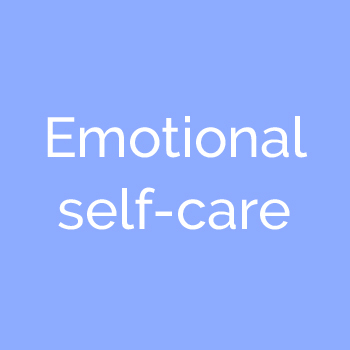
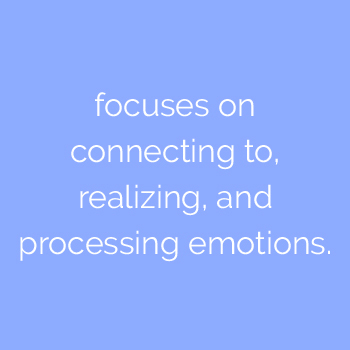
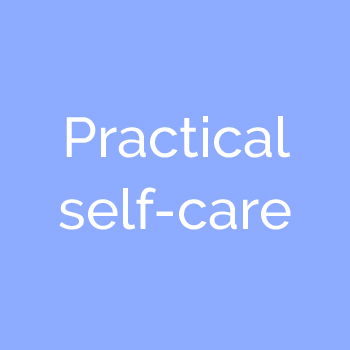

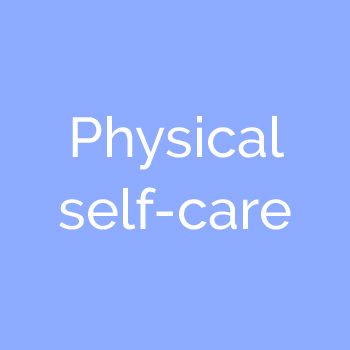
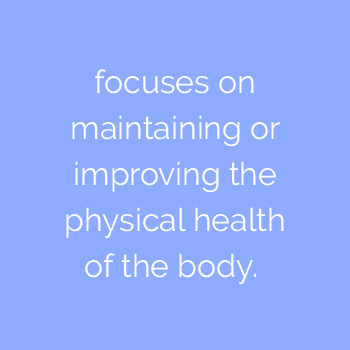
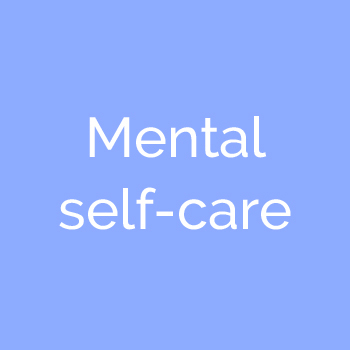
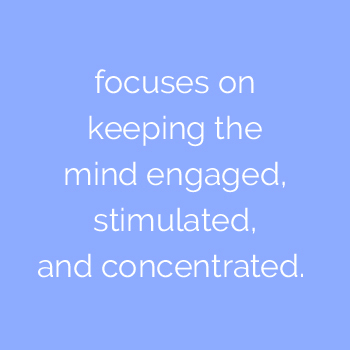
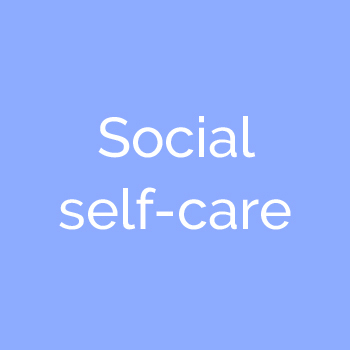



According to Jennifer Santopietro, licensed professional counselor and adjunct faculty in the Counseling Department at Saybrook University, animals can help facilitate many, if not all, of the six types of self-care. “For example, they can be supportive and comforting for people, fulfilling emotional self-care needs. They can also facilitate activities that encourage physical self-care, like taking walks, playing, and other types of care that require physical activity. Taking care of the day-to-day needs of pets like feeding and grooming can promote practical self-care in their owners as well, and help them set a routine,” Santopietro explains.
Bonding with pets can also benefit physical health in other ways. According to the Centers for Disease Control and Prevention, studies have shown that the connections people form with their pets are linked to decreased blood pressure, cholesterol levels, triglyceride levels, feelings of loneliness, anxiety, and symptoms of PTSD. One study even found that incorporating routine pet care into a child’s diabetes management plan can significantly improve monitoring of the disease, resulting in lower blood glucose levels.
Additionally, interactions with pets have shown positive results in helping manage key symptoms of some neurodivergent conditions. A recent study found that therapy dogs can help children with attention deficit hyperactivity disorder focus their attention, improve their social sharing and cooperative skills, and reduce behavioral problems. Another study found that animals may act as social buffers for children with autism spectrum disorder due to their physically and mentally soothing traits.

A fuzzy friend to lean on
At the beginning of the COVID-19 pandemic, an event now considered to have traumatic and long-lasting mental health consequences for a significant part of the world’s population, lockdowns led to pet owners spending more time with their pets than ever before, as well as a surge in interest for pet adoptions.
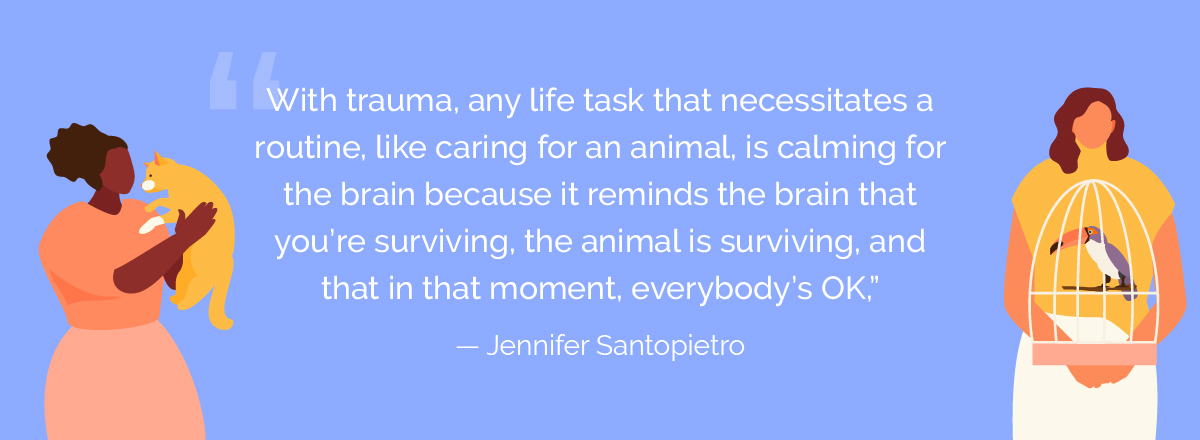
This reaction is understandable, as many people see pets as a source of comfort. Santopietro points out how times of crisis and mass trauma only heighten the need for many of the self-care activities encouraged by pet ownership, including stress relief and routine management.
“With trauma, any life task that necessitates a routine, like caring for an animal, is calming for the brain because it reminds the brain that you’re surviving, the animal is surviving, and that in that moment, everybody’s OK,” she says. “Caring for their pets facilitated a way for people to keep a routine in the midst of the pandemic, which was vital to keeping many calm and functioning.”
She also notes the deep psychological effects caring for pets can have on people as they process difficult times of emotional turbulence.
“I know this woman who began caring for a little herd of six feral cats, taking all of them in at a time in her life when a lot of other things were falling apart,” Santopietro says. “And those cats came to represent something that made her feel capable. She kept them alive, she kept herself alive, and now they’re like a family unit. And she doesn't have a lot of family. So it’s interesting that it wasn’t necessarily her desire to get six cats that led her there, but that they entered her life and it had this much deeper meaning for her.”
Pets can make people feel a sense of purpose even when the rest of the world seems to have turned upside-down. Thus, it’s no wonder many people may be increasingly attached to their pets since the beginning of the pandemic. Santopietro explains that attachment has both emotional and behavioral components, with the emotional component being the feelings around the connection, and the behavior component rooted more in the rhythm of needs being met.
“In a mass trauma, animals are emotionally comforting, but trauma tends to heighten our attunement and our awareness to what’s happening around us,” she explains. “Pets can be very grounding to that sense of heightened awareness. You can see your animal; you can talk to your animal; you can feel your animal; they are a live physical presence in the room with you. Then combine that grounding effect with the rhythm of meeting their needs, which also helps to calm trauma reactions.”

A future with Fido
As most lockdowns ended with the introduction of the COVID-19 vaccine in early 2021, a new phase of post-lockdown pandemic began, characterized by organizations and individuals starting the process of returning to in-person interaction with the proper precautions. This transition posed a concern for many pet owners who had become accustomed to the extra time at home with pets during lockdown, or those who got new pets during lockdown, and has since continued to have varying effects on individuals as the world still tries to find its footing in the new normal.
Most veterinarians and other animal behavior experts identify several key steps for pet owners who have not yet begun the transition to in-person workplaces or who are still struggling to find their new rhythm after the transition. Researching and seeking the advice of professionals and observing the needs of their animals can help owners make a game plan to alleviate worry.
“If you preplan and get creative with your brainstorming, you feel more prepared and then you can begin to practice before actually making the transition,” Santopietro explains

Veterinarians can offer useful advice for diagnosing and treating separation anxiety in dogs and cats. However, most experts agree that, overall, owners are more likely to be distressed by the distance than their pets. To avoid falling into unhealthy patterns, Santopietro emphasizes the importance of owners understanding their emotions as separate from those of their pets.
“We don’t fully know what our pets are thinking, and it might not always be the same as what we think or feel. Try to be objective when observing your animal,” she says.
Nevertheless, many pet owners reported positive effects from increased bonding time with their furry friends, and some may find their tolerance for separation has drastically decreased, leading to a sense of grief, sadness, and irritability. It’s important for individuals to practice healthy adaptive practices with their pet, but also for employers to recognize the deep psychological effects this transition can create or exacerbate. Some employees may still be struggling to cope, and therefore less likely to feel prepared to separate from pets that provide them mental health support.
Trends have shown drastic shifts in worker priorities post-lockdown, leading to unique opportunities to reassess previously established processes and reshape them to be more inclusive of more worker needs, including those of people who simply work better with the calming emotional support of pets. According to Santopietro, “What I'm noticing is that organizations and employers post-pandemic are needing to listen and practice compassion for a lot of different employee needs, not just for their pets, but for their children and child care and the types of hours people want to have.”
Remote work that allows employees to spend time with and work alongside their pets freely is an obvious route many organizations have taken to accommodate for emotional support pets and other needs, but some are unable to fully commit to remote provisions for various reasons.
Another option to consider is opening offices to pets permanently or organizing specific days for employees to bring their pets to work. Some companies allowed pets in the office even before the pandemic, reporting happier, less-stressed employees, more comfortable and flexible environments, and increased office camaraderie. However, there are other employee needs to consider when debating whether or not to allow animals in the office, like allergies and other mental health conditions that can cause animal aversions.
Like many other post-lockdown adjustments, learning how to balance the needs of many different individuals and their pets will be an ongoing process, but the key first step is entering conversations with an open mind.
“If organizations are listening, they might hear employees say, ‘When I have more time at home to feel grounded with my animal, my anxiety decreases and my attention and focus increase,” Santopietro notes. With all the mental health benefits pets offer, it’s important to keep this conversation active going forward and keep exploring ways to help pet parents maintain the infinitely important bonds they have established with their beloved animal friends.
Learn more about Saybrook University
If you are interested in learning more about the community and academic programs at Saybrook University, fill out the form below to request more information. You can also apply today through our application portal.
Find Out More
Recent Posts





























